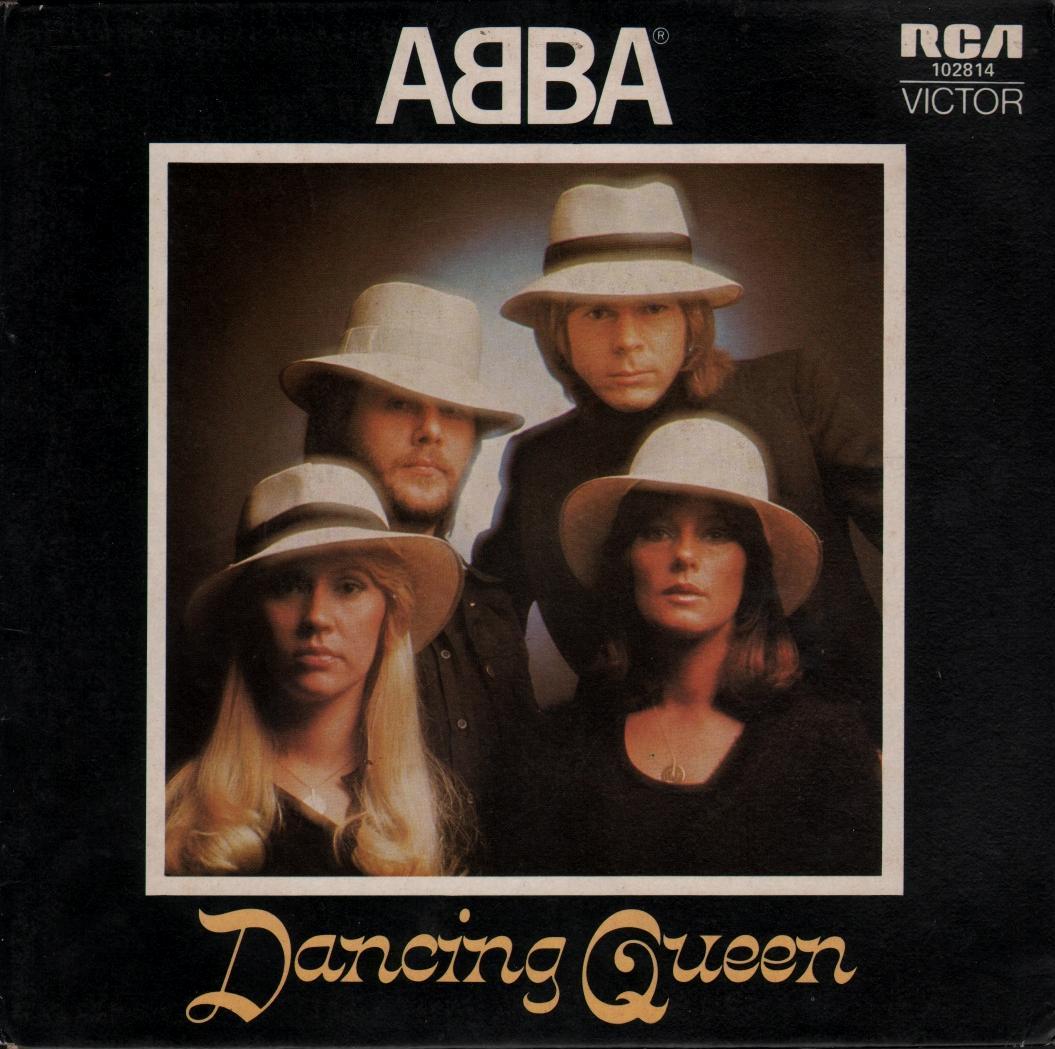The “Dancing Queen” cover has captivated audiences across generations, breathing new life into ABBA's classic hit. As artists reinterpret this beloved song, they infuse it with their unique styles, creating a rich tapestry of sound that resonates with both nostalgia and modernity. This phenomenon goes beyond mere mimicry; it represents a celebration of artistry that bridges the gap between eras, making the "Dancing Queen" cover a staple in the music industry.
The enduring appeal of “Dancing Queen” lies not only in its catchy melody but also in its universal themes of joy, freedom, and the exuberance of youth. Artists who choose to cover this iconic track often find themselves drawn to its infectious spirit, striving to capture that feeling while adding their own flair. From pop to rock and even orchestral renditions, the variety of interpretations showcases the song's versatility and timelessness.
As we delve into the world of the "Dancing Queen" cover, we will explore various artists’ renditions, the impact of these covers on popular culture, and what makes each version unique. Whether you are a lifelong fan of ABBA or just discovering the song's magic, understanding the different takes on this classic will deepen your appreciation for its enduring legacy.
Who Originally Wrote “Dancing Queen”?
“Dancing Queen” was created by the Swedish pop group ABBA, comprised of members Agnetha Fältskog, Björn Ulvaeus, Benny Andersson, and Anni-Frid Lyngstad. The song was released in 1976 as part of their album “Arrival.” It quickly became a worldwide hit, reaching the top of the charts in numerous countries and establishing itself as a defining anthem of the disco era.
What Makes a Great “Dancing Queen” Cover?
When it comes to covering “Dancing Queen,” several elements contribute to a successful rendition:
- Unique Interpretation: Great covers often bring something new to the table, whether through genre shifts, vocal style, or instrumentation.
- Emotional Connection: A powerful cover resonates emotionally with listeners, often invoking nostalgia while also feeling fresh and relevant.
- Vocal Performance: The ability to convey the song's joy and exuberance is crucial; powerful vocals can elevate a cover significantly.
- Production Quality: High production values can enhance the listening experience, making the cover more appealing to contemporary audiences.
Which Artists Have Covered “Dancing Queen”?
A variety of artists have made their mark with “Dancing Queen” covers, showcasing the song's versatility. Notable renditions include:
- Madonna: Her live performances often include elements of the classic, blending her pop persona with the timeless melody.
- George Michael: Known for his soulful voice, George brought a unique emotional depth to his rendition.
- Erasure: The synth-pop duo gave the song a modern twist, perfect for the 80s and 90s club scene.
- Robbie Williams: His dynamic stage presence and vocal prowess made his cover a fan favorite.
What Are Some Iconic “Dancing Queen” Cover Performances?
Some performances of “Dancing Queen” covers have become legendary in their own right. Noteworthy moments include:
- ABBA’s 1977 TV Special: A live rendition that showcased the band’s charisma and vocal harmonies.
- Madonna’s Coachella Performance: An unforgettable moment where she incorporated the classic into her set, paying homage to its legacy.
- Glee Cast’s Version: This popular TV show brought the song to a younger audience, blending it with contemporary pop culture.
What Is the Cultural Impact of “Dancing Queen” Covers?
The cultural impact of “Dancing Queen” covers extends far beyond music charts:
- Revival of Disco Culture: Covers often reignite interest in the disco era, influencing fashion, dance, and music trends.
- Bridging Generations: Each cover introduces the song to new audiences, creating a shared cultural experience across generations.
- Influencing New Artists: Many contemporary artists cite “Dancing Queen” as an inspiration, leading to innovative new creations.
How Do Covers of “Dancing Queen” Reflect Changing Musical Trends?
Covers of “Dancing Queen” often reflect the evolving landscape of music. For instance:
- Pop to EDM: Modern renditions frequently incorporate electronic dance music elements, appealing to current listener preferences.
- Genre Blending: Many artists merge genres, combining pop with rock, jazz, or even hip-hop, showcasing the song's adaptability.
- Vocal Styles: The rise of diverse vocal styles and techniques brings fresh interpretations, from soulful ballads to upbeat dance tracks.
Who is the Latest Artist to Cover “Dancing Queen”?
The latest artist to cover “Dancing Queen” is a testament to the song's enduring appeal. [Insert Artist's Name Here] released their version in [Insert Year Here], which has garnered attention for its innovative approach. This cover features a fresh arrangement, showcasing the artist’s vocal strengths and artistic vision.
| Artist Name | Birthdate | Nationality | Notable Works |
|---|---|---|---|
| [Insert Artist's Name] | [Insert Birthdate] | [Insert Nationality] | [Insert Notable Works] |
What Lies Ahead for the “Dancing Queen” Legacy?
The future of the “Dancing Queen” legacy is bright as artists continue to draw inspiration from this timeless track. With each new cover, the song evolves, reaching new audiences and inspiring creativity. Whether through live performances, studio recordings, or viral social media renditions, “Dancing Queen” will undoubtedly remain a beloved classic, reminding us all to dance and celebrate life.
Why Should we Embrace “Dancing Queen” Covers?
Embracing “Dancing Queen” covers allows us to appreciate the evolution of music while celebrating the original work. It fosters a sense of community, connecting fans through shared joy and appreciation for the art form. So, the next time you hear a cover of “Dancing Queen,” take a moment to relish its transformation and the creativity it inspires.




